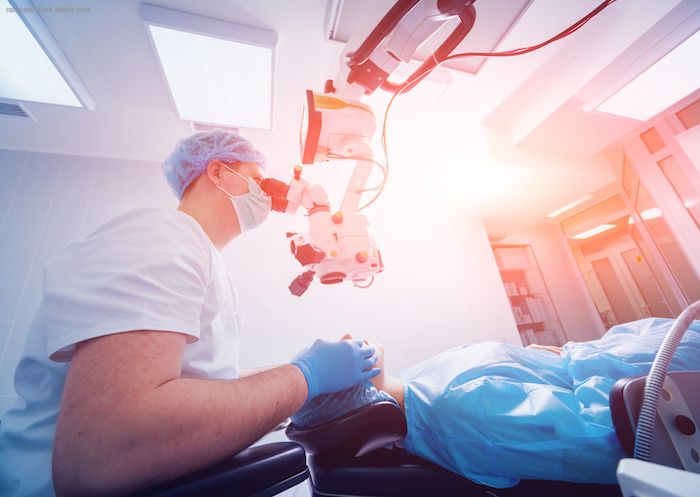Article
Cataract surgery in uveitic glaucoma eye can have good result
Author(s):
Physicians also can focus on treating inflammation and IOP in patients

Patients with uveitic glaucoma have diverse presentations. Carefully planned cataract surgery can be successful.
Reviewed by Mark A. Werner, MD
There is no longer any reason to dread cataract surgery in eyes with uveitic glaucoma, according to Mark A. Werner, MD, Delray Eye Associates, Delray Beach, FL. Although there was a time when performing cataract surgery in these patients was a frightening prospect, the prognosis has improved, Dr. Werner said.
“They can do quite well,” he said.
Dr. Werner points to more and better options for steroid delivery and systemic immunosuppression, as well as better knowledge of the importance of aggressively managing inflammation in these patients. In addition to those factors, modern surgical techniques are less traumatic to the eye, he added.
“If patients have poor outcomes now, it is more likely due to posterior segment complications of the underlying uveitis,” Dr. Werner said.
Problems arise
Potential problems in uveitic glaucoma patients often are linked to their specific disease. For example, a patient with pars planitis is more likely to have cystoid macular edema. A patient with Behçet’s disease may have even more significant posterior segment disease that could limit the visual prognosis.
“It is important to counsel patients on that,” Dr. Werner said. In patients with juvenile idiopathic arthritis, surgeons can improve outcomes with aggressive suppression of inflammation. Glaucoma and hypotony are both concerns, Dr. Werner added.
Anecdotally, Dr. Werner said he has noticed that patients with rheumatoid arthritis may have decreased encapsulation of glaucoma drainage implants. “I would advocate for the use of a nonabsorbable suture and to secure your plate well if you are doing a tube shunt,” he said.
RELATED: Bringing DALK application to forefront for corneal surgeons
Watch inflammation
Surgeons should also consider how long a patient has gone without inflammation. Dr. Werner said a patient should experience three months with no inflammation before a good outcome is backed by evidence.
“In Behçets disease, six months may even be better,” he said. It also is preferable that the systemic disease is quiet. Postoperatively, focus on the control of inflammation first, and treat IOP secondarily.
“For anterior intraocular lens opacity or membranes, you can use a YAG laser beam, turn off the retrofocus, avoid the central lens and the iris, and turn the laser energy down, once the eye is quiet,” Dr. Werner said.
Dr. Werner shared information on a patient he treated with rheumatoid arthritis that was reasonably controlled with low-potency steroids. The patient had visually significantly cataracts, posterior synechiae, and IOP that was not well controlled. When evaluating the patient’s optic nerve.
Dr. Werner saw that she had pre-perimetric glaucoma. He performed cataract surgery along with Ahmed tube insertion, a 7-0 Vicryl suture ligation, and an orphan trabeculectomy.
Triamcinolone (20 mg subTenon’s) also was used. She has done quite well with four years of follow up, he said.
RELATED: Technology assisting surgeons in capturing spectral-domain OCT
Disclosures:
Mark A. Werner, MD
E: wernerma75@yahoo.com
This article was adapted from Dr. Werner’s presentation at the American Glaucoma Society annual meeting. Dr. Werner is a speaker for Bausch + Lomb




